The Growth of the Water Beat
News agencies carve out more space for water.
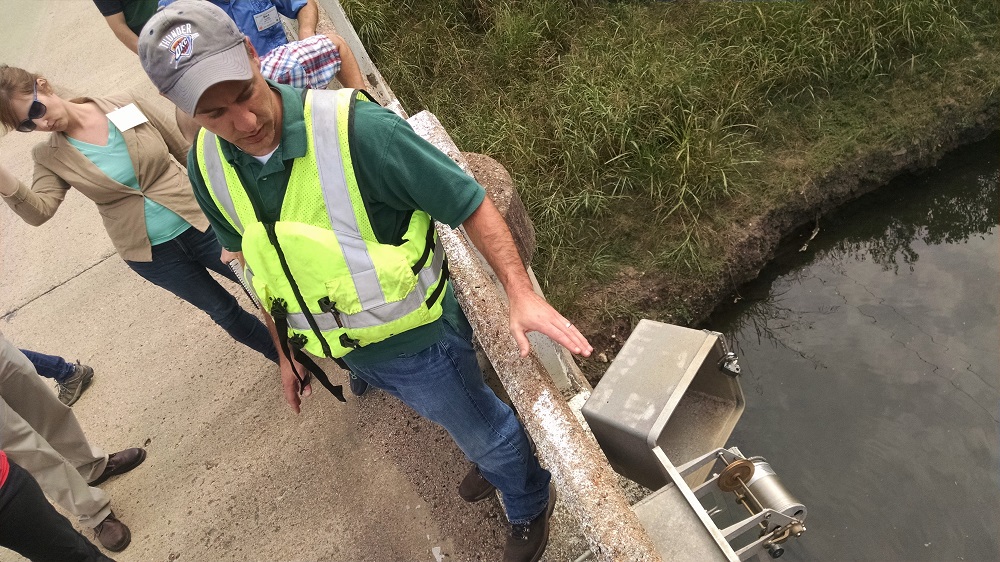
NORMAN, Oklahoma — In the spring of 2014, Kate Galbraith, an environment reporter living in San Francisco, wrote a feature story for the Columbia Journalism Review about the lack of resources that newsrooms were giving to the water beat.
In the 2,800-word article, Galbraith drew a contrast with the high-traffic, well-staffed energy beat.
“Water is arguably more fundamental to life than energy,” Galbraith wrote. “It’s just as hotly fought over (as the saying goes, “whiskey is for drinking and water is for fighting”). There’s Texas vs. Oklahoma, Florida vs. Georgia, Montanan vs. Wyoming, and California vs. California, to name just a few water disputes. These battles, in courtrooms and polling places and city halls, are sure to intensify as the full fury of climate change arrives. It’s a rich, colorful subject that deserves far more attention from both journalists and the public than it is getting.” (Full disclosure: I was interviewed for the article.)
Much has changed in the last 18 months. Water’s force in American political, social, and economic life — never absent but frequently marginalized — became unmistakable.
Galbraith wrote her story before nearly half a million people in Toledo, Ohio, went without tap water for days when strong winds pushed an outbreak of toxic algae in Lake Erie into the city’s drinking water pipes; before the Obama administration’s rule to clarify the regulatory scope of the Clean Water Act stirred a nest of opposition from farm groups and Republican attorneys general; before Lake Mead, the nation’s biggest reservoir, fell to a record low; before the California drought had reached a full boil.
Water is now frequently an A1 story, with public interest to match.
I thought about the state of water journalism while at the Society of Environmental Journalists annual conference, held in Norman, Oklahoma, from October 7 to 11. Water came up repeatedly at the five-day event — during a Sunday morning discussion of Great Plains history; in panels on soil runoff, tribal law, drought, climate change, and national security; and in a plenary session on energy development.
On Friday morning, I moderated a panel on water risk. The 30 or so people who attended nearly filled the room. Reporters from Colorado, Florida, New York, and Washington wondered how lessons from Oklahoma’s attempts to regulate and manage water might apply in their home states. The questions — some broad, some nuanced, all insightful — betrayed a basic truth: most water reporting is local. Few reporters have a firm grasp on what’s happening outside their state, region, or watershed.
Drawing Connections
Water coverage is certainly better than a few years ago, but it is still not perfect. The beat has certain qualities that present a challenge:
- Fragmentation: During a field tour on Thursday, when the conversation turned to how Oklahoma apportions its water rights, a reporter from the Midwest turned to his colleague with a look of bemusement. Water allocations, acre-feet, and other venerable tenets of western water law were strange concepts to the two men from the Great Lakes.Water is fragmented. Laws and policies differ county by county, state by state, river basin by river basin. Water reporting cuts across multiple disciplines and traditional newsroom beats: science, city hall, state legislature, federal agencies, economics, agriculture, even energy. Tying all the threads together requires diligence and dedication.
- The conflict/crisis narrative: Whiskey is for drinking and water is for fighting. Editors need to hit the delete key if they see that sentence, attributed to Mark Twain, used to explain a water conflict. It is lazy reporting.John Fleck, a former science and water reporter at the Albuquerque Journal, is now writing a book on the Colorado River titled Beyond the Water Wars. Fleck argues that reporters and editors need to overcome the urge to recycle the “narrative of crisis, conflict and doom.” More interesting, he asserts, are the counterintuitive tales: “There are almost no stories where reporters go to communities that haven’t run out of water and look at how they succeeded at coping with these problems.”
- Effects vs. causes: Drought offers a deluge of stories. Insufficient water causes ripples through the landscape industry and ski resorts, utility finances and hydropower production, farming and fracking. Galbraith wrote in the CJR article that the Texas drought that began in 2011 was “a paradise of new material.”The effects of drought or pollution are often easy to see. Cracked mud or shrunken reservoirs are convenient and occasionally shocking visuals. But pulling back the institutional veil to reveal the legal and political forces that control access to water is much harder.
Despite the challenges, a number of outlets and organizations are doing terrific work:
The Desert Sun newspaper has been tenacious in its reporting, led by Ian James, on water and climate issues around Palm Springs, California. The paper has earned several journalism prizes for its work. The San Jose Mercury News and Los Angeles Times also have garnered national awards for their drought reporting.
The Texas Tribune — Galbraith’s former employer — has several reporters covering the political competition and legal gambits to secure access to water in Texas. The nonprofit news site won an Online News Association award this year for Undrinkable, a series on the struggle for clean drinking water in communities along the U.S.-Mexico border.
Tom Henry of the Toledo Blade keeps a veteran’s eye on the algae problems in Lake Erie, and Tim Wheeler of the Baltimore Sun knows the Chesapeake Bay as well as any reporter.
The true test for water, however, will be one of endurance. Does the coverage reflect a flavor-of-the-day calculation? Does it tail off when rainier days arrive? Or will newsrooms give reporters the resources to probe and sift, to make the connections between science, policy, and civic response that flow through the water beat?
Brett writes about agriculture, energy, infrastructure, and the politics and economics of water in the United States. He also writes the Federal Water Tap, Circle of Blue’s weekly digest of U.S. government water news. He is the winner of two Society of Environmental Journalists reporting awards, one of the top honors in American environmental journalism: first place for explanatory reporting for a series on septic system pollution in the United States(2016) and third place for beat reporting in a small market (2014). He received the Sierra Club’s Distinguished Service Award in 2018. Brett lives in Seattle, where he hikes the mountains and bakes pies. Contact Brett Walton

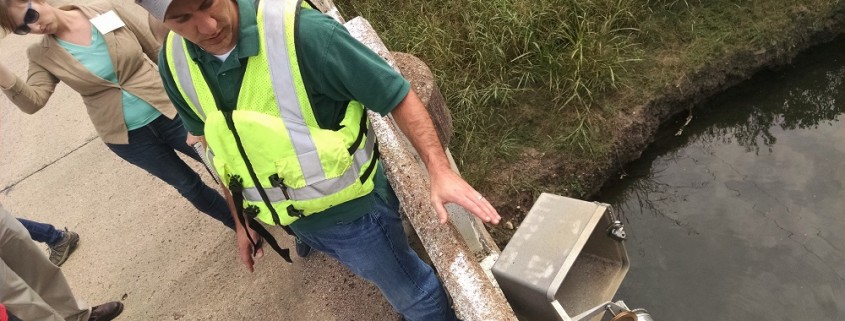


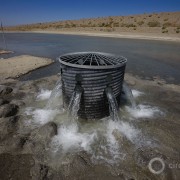
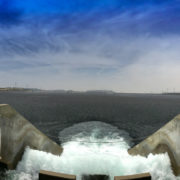
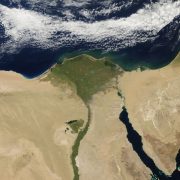
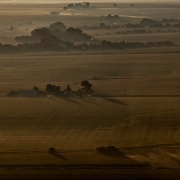


Leave a Reply
Want to join the discussion?Feel free to contribute!